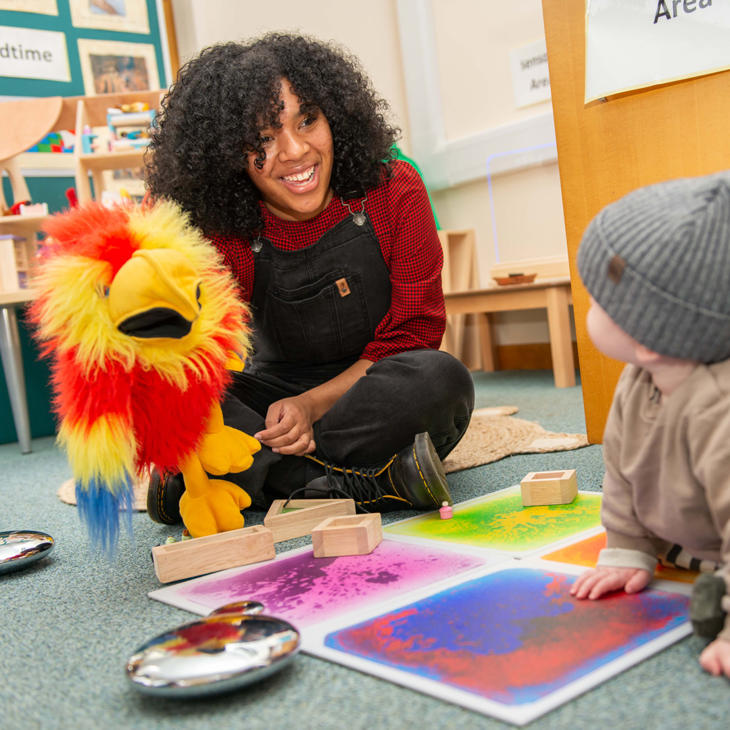When training as a ranger, you are not punching paper; you are developing skills that can and will save lives. However, not every target is made equal, and the kind you get can have a very negative or positive effect on the quality of your training.
The tactical shooting target you use is important. It doesn’t matter whether you are cleaning up your basics, training for defense, or doing high-level drills. So, what are the primary types? What are they good at? How can you use them to extract the maximum value out of each trigger pull? Continue reading to find out.
Paper silhouettes: Basic but very effective
Paper targets are the most popular, and with a good reason. They are affordable and disposable. They also provide visuals to help you ensure precision.
The IDPA or IPSC-style tactical shooting targets are the most recognizable. They resemble a human torso with marked scoring areas. These assist you in training to center-mass accuracy and consistency against time pressure.
The other target is photo-realistic, which contains a full-body image of a potential threat. These are particularly handy in decision-making situations and can inject emotional strain, which cardboard cannot achieve.
Steel targets: Immediate results
It is simply fulfilling to hear the ping of a steel target. In addition to being fun, steel targets provide you with immediate auditory and visual feedback upon hitting the target.
Steel tactical shooting targets are also available in different shapes, including torso silhouettes, hostage-taker scenarios, or even falling plates. Durability is one of their best aspects. They can handle thousands of rounds (with the correct calibers and distances), so they are a good investment.
Only remember the safety rules:
- Use good steel (AR500 or higher)
- Apply the correct angles
- Ensure sufficient distance between each other to prevent ricochets.
Reactive Targets: Dynamic training
Reactive targets are meant to move, fall, spin, or change state upon being struck. They are excellent for practicing follow-up shots and split-second decisions.
A hostage target with a swinging bad guy and a good guy trains you to discriminate and strike under pressure. Pop-up targets represent ambush threats, which train you about rapid reactions and targeting in a short period.
Reactive tactical shooting targets allow you to close that gap between static range shooting and reality.
3D targets: Realism
When you want to go as far as you can in the direction of realism, then 3D tactical targets are as close as you can get without introducing role-players. They are usually formed in the gesture of human torsos and heads and sometimes even dressed.
Law enforcement and military trainers love these, but you can use them, particularly when you are training to defend your home or carry a concealed weapon.
You will learn things such as:
- Shot placement at strange angles
- The path of the bullet through virtual bone
- The performance of your rounds in a more realistic setting.
The final take
Which target, then, is the best? This all depends on what you want to train.
- Feel like brushing up? Paper is ideal.
- Need longevity and response? Go steel.
- Require testing and decision-making? Make reactive or photo targets.
- Need to be immersed? Enter the 3D.


![[Show Name] Gripping From Beginning to End [Show Name] Gripping From Beginning to End](https://images.unsplash.com/photo-1596405367208-63505402f113?fm=jpg&q=60&w=3000&ixlib=rb-4.1.0&ixid=M3wxMjA3fDB8MHxzZWFyY2h8MTh8fGhpZ2glMjBwb3RlbnRpYWwlMjB0ZWxldmlzaW9uJTIwc2hvd3xlbnwwfDB8MHx8fDI%3D)

![Best Family Law Attorney in [Your City/Region] Best Family Law Attorney in [Your City/Region]](https://images.unsplash.com/photo-1731955418581-5ba6827ca5ff?fm=jpg&q=60&w=3000&ixlib=rb-4.1.0&ixid=M3wxMjA3fDB8MHxzZWFyY2h8MTN8fGJlc3QlMjBmYW1pbHklMjBsYXclMjBhdHRvcm5leSUyMG5lYXIlMjBtZXxlbnwwfDB8MHx8fDI%3D)




